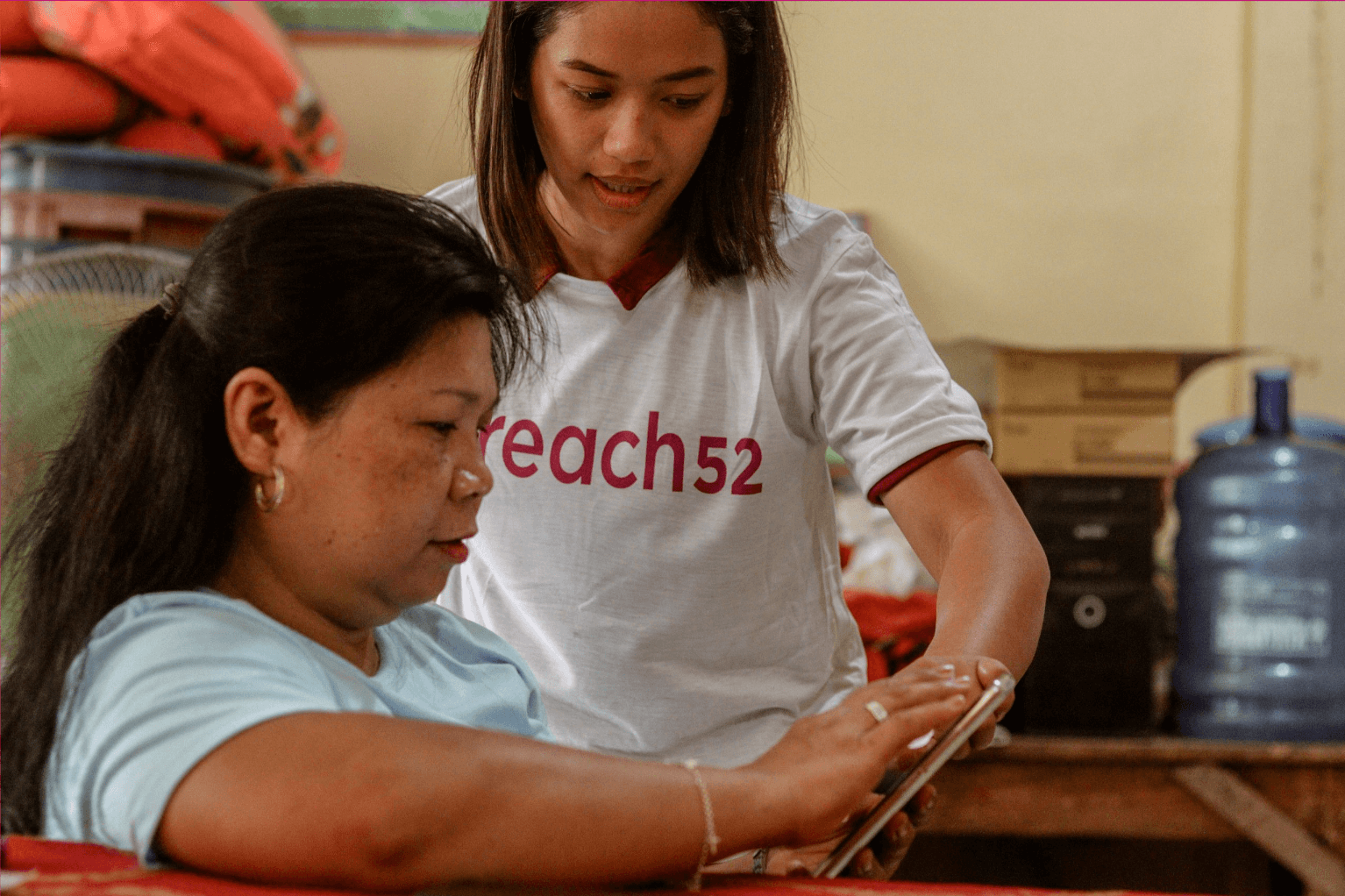Climate finance is booming, now reaching over $600 billion in 2020. Yet, as the newest IPCC report makes clear, unequal climate impacts are escalating, making a justice-oriented approach to climate finance more important than ever. The question is: how can funders most effectively and meaningfully implement an intersectional lens to their climate investments?
Climate justice recognizes that the communities least responsible for creating the climate crisis will be hardest hit by its consequences. Despite the global North contributing over 60% of global emissions, the 10 countries most threatened by climate change are in the Global South. This climate vulnerability is layered on top of pre-existing social and economic injustices and vulnerabilities. Within the United States, for example, Black communities are 40% more likely to live in areas exposed to extreme weather events, which in turn widen the racial wealth gap, driving a negative feedback loop.
Climate justice recognizes these overlapping vulnerabilities by putting people at the heart of climate strategies. This approach seeks to mitigate risks and distribute benefits equitably, ensuring they reach marginalized communities. Critically, climate justice integrates considerations of gender, race, income and wealth, and other categories of identity. Ultimately, a focus on both environmental and social impact can make the transition to a net-zero future a just one.
Climate justice can also amplify financial gains. A human-centered approach can future-proof investments by mitigating risk and enhancing resilience. It can also enable investors to tap into underexplored climate finance opportunities in underserved regions and communities.
While the long-term benefits are clear, we have a long way to go to embed equity in climate impact investing, especially from the inside out. In 2020, over 75% of climate investment transactions featured no gender-focused elements. Of the 89 different fund managers with a climate focus in the ImpactAssets 50 database, less than half have gender parity in their teams, and just 40% have more than half of team positions occupied by people of color. Additionally, research from Illumen Capital and Stanford SPARQ shows that racial bias continues to influence professional investors’ judgments.
Dalberg’s new framework seeks to drive momentum to fill this equity gap in climate impact investing. The framework provides step-by-step guides and exploratory questions to support integrating diversity and inclusion into climate investment choices, design, and governance. These questions can be distilled down into three entry points: what you invest in, how you invest, and who you are as an investor.
Below, we build off best practices in each entry point, and use climate-specific examples to highlight how these general principles can apply specifically to climate investments.
What you invest in
The first step is to put inclusion firmly at the center of a net-zero or green economy strategy, rather than as a potential benefit or byproduct. The Justice, Equity, Diversity and Inclusion (JEDI) Investing Toolkit and 2X Challenge criteria are two excellent starting points.
Climate investment thesis. Prioritizing equity begins with understanding how specific climate issues intersect with historical injustices and risk. As part of this, investors should identify groups and regions most disproportionately impacted by the climate issue and with the most limited access to the solutions. Sunwealth, for example, a US-based clean energy investment firm, recognizes that low-income communities of color lack equal access to the benefits of the clean energy transition, and dedicated 27% of its investments in 2021 to low-income community solar projects.
Approach to impact. Among the ways investors can be intentional and intersectional in how they steer their capital is to invest in women or people with historically marginalized identities (or in businesses with a diverse composition of leadership or workforce). For example, the MacArthur Foundation and Open Societies Foundation have signed onto the Donor of Color Network’s Climate Funders Justice Pledge, committing to dedicate at least 30% of their climate funding to BIPOC-led climate justice organizations. Venture capitalist Achieving Women Equity Funds invests exclusively in India-based businesses owned, led, or influenced by women, in areas including clean energy and agriculture.
Investors can also invest in climate products or services with a specific or disproportionate benefit to underserved communities, or climate businesses or programs with a higher number of women or BIPOC in their value chain. The Global Energy Alliance for People and Planet and Shortlist’s Women for Green Jobs program, for example, will create 750 jobs in clean energy for women across six sub-Saharan African countries.
How you invest
Climate justice shouldn’t end after climate investment priorities are established – rather, it should be intentionally threaded throughout each stage of the investment process.
Screening. Investors should incorporate diversity tools into their screening process; the CDC Group’s new impact scoring system, for example, includes a new framework for accounting for Black owned and led businesses in Africa where no existing standard existed.
More broadly, investors should also seek to understand how potential climate investments would impact sustainability, gender equality, and social justice outcomes – not only to avoid doing harm, but also to intentionally create positive impact. Circulate Capital, a circular economy investment firm, incorporates improved livelihoods as an indicator in its impact measurement framework.
Funders should also investigate how they can incorporate local and Indigenous knowledge and stakeholders in assessments, where possible, as affected communities may see opportunities and risks that others do not, due to their lived experiences.
Post-investment engagement. Investors should implement rigorous impact measurement systems, including collecting data disaggregated by sex, income, race, and other factors. GIIN’s IRIS+ metrics system, for example, includes an array of social and diversity-focused indicators, including measuring the share of employees, distributors, suppliers, or clients who are women, have disabilities, or are forcibly displaced. Reporting processes that allow for constructive feedback can also amplify the impact of future investment choices. Funders should also continue to encourage capital recipients to incorporate climate justice into their activities.
Exit. Investors preparing to exit should develop a strategy to safeguard their impact post-transition. For example, investments could be sold to another investor with similar impact priorities, or the deal can be structured with terms that protect the values and progress made.
Who you are as an investor
The work to build a more just, equitable, and sustainable future must carry through to a firm’s own operations. Homogeneous teams are more likely to have blind spots to opportunities and risks, while prioritizing diversity can maximize impact.
Diversity goals. Funders should regularly collect data on internal diversity, using this as the basis for actions to diversify the composition of the staff, leadership, and investment selection committee. Elevar Equity has made inclusion a cornerstone of their identity as an impact investor, with a 67% female investment team and 71% female leadership team. Additionally, over 50% of their leadership identify as people of color. This emphasis on equity carries through their work, a focus on investing in marginalized, low-income communities.
Inclusive work policies and culture. Firms and foundations should promote opportunities for women and people of color to thrive through policies and work culture, including equal pay and parental leave. These policies should apply throughout the talent pipeline. Steps to mitigate unconscious bias and promote cultural competency can further accelerate progress towards a more inclusive culture.
We cannot fully achieve a greener, better future without centering people in the process. Making climate justice a core thread throughout climate finance decisions can accelerate co-benefits for the financial, climate, and social impact – and it comes down to each impact investor to make that happen.
Kusi Hornberger, Kaylyn Koberna and Lauren Olosky are Partner, Senior Consultant and Analyst in Dalberg Advisors Washington, DC.











